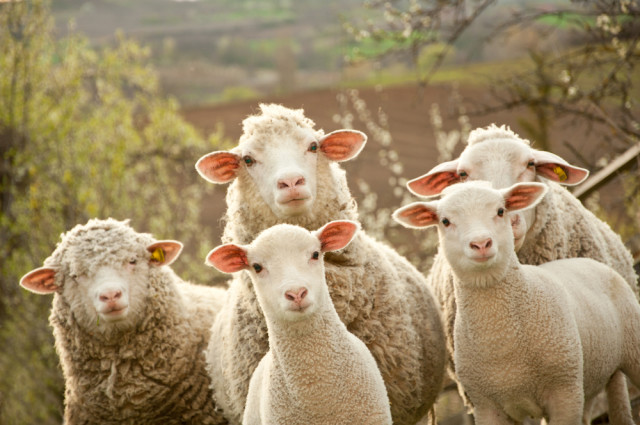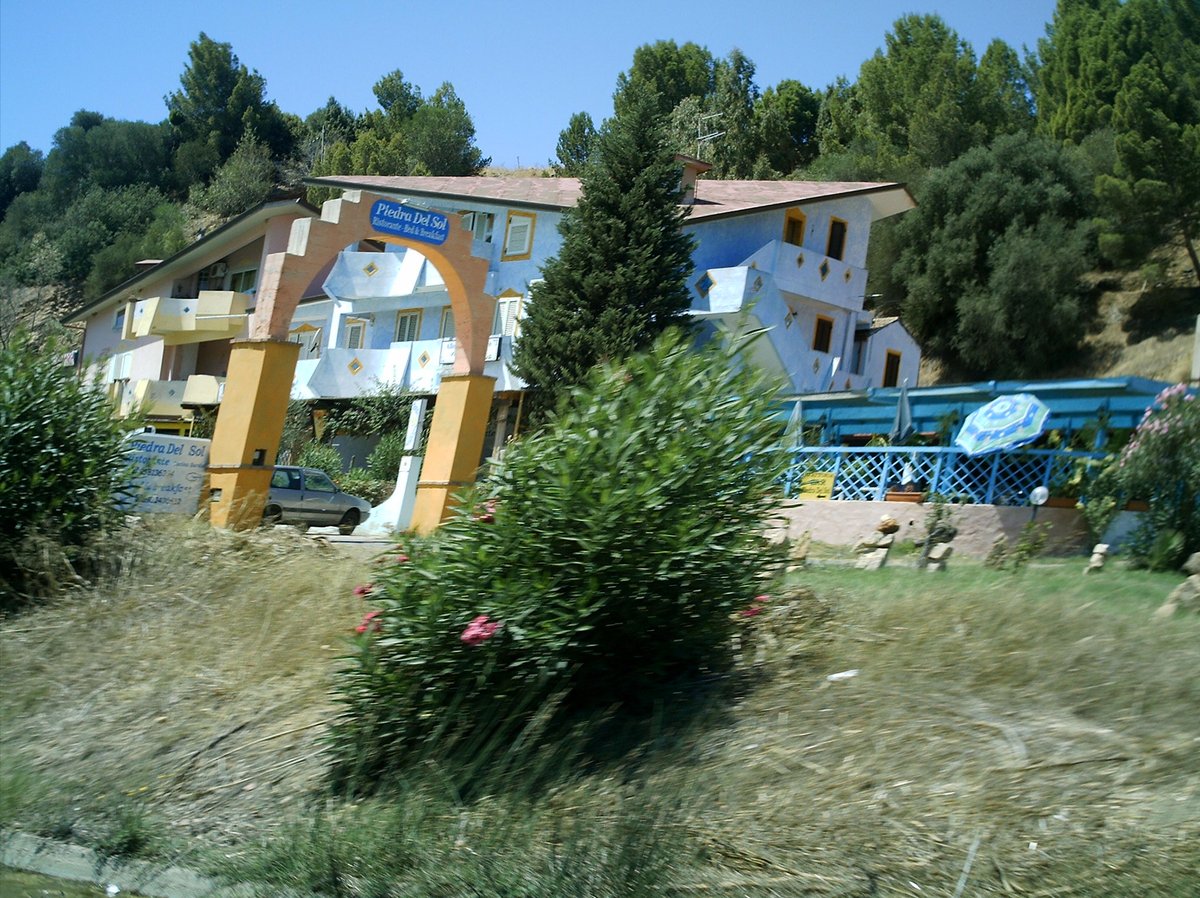
**SA PARADURA – Sardinian solidarity**
In sight of recent fires in Montiferru, I didn't feel like posting the scheduled thread. Therefore I'll speak a little about the Sardinian tradition of sa paradura. #Sardinia
In sight of recent fires in Montiferru, I didn't feel like posting the scheduled thread. Therefore I'll speak a little about the Sardinian tradition of sa paradura. #Sardinia

Sa paradura is the Sardinian gesture of solidarity in which shepherds help other shepherds who suffered natural damage, theft or other forms of damage. It is a spontaneous gesture which comes from the awareness that anyone might need help at some point in life.
Sa paradura comes without any payback but only the untold agreement that one must do the same when others need help.
Making sa paradura means offering part of their sheep 🐑 to recreate the flock. The donation is purely casual, as it's done by a blindfolded child.
Making sa paradura means offering part of their sheep 🐑 to recreate the flock. The donation is purely casual, as it's done by a blindfolded child.
It's not a loss for those who donate, because in the communitary spirit, all the shepherds are the same and if someone suffers, it's everyone who suffers.
Dating the origin of the tradition is basically impossible, but it goes ahead since centuries. The term means 'reparation'.
Dating the origin of the tradition is basically impossible, but it goes ahead since centuries. The term means 'reparation'.
It's a typical tradition of pastoral Sardinia but it can actually involve any sector of life. It's the same principle which sees families helping their neighbours, knowing they would get the help back if needed.
To donate to the communities that suffered this great loss, here are some trustable donation links #Sardegna #Sardinia
📸Comune di #Cuglieri, Comune di #SantuLussurgiu, Comune di #Tresnuraghes, Comune di #ScanoMontiferro



📸Comune di #Cuglieri, Comune di #SantuLussurgiu, Comune di #Tresnuraghes, Comune di #ScanoMontiferro




• • •
Missing some Tweet in this thread? You can try to
force a refresh





















